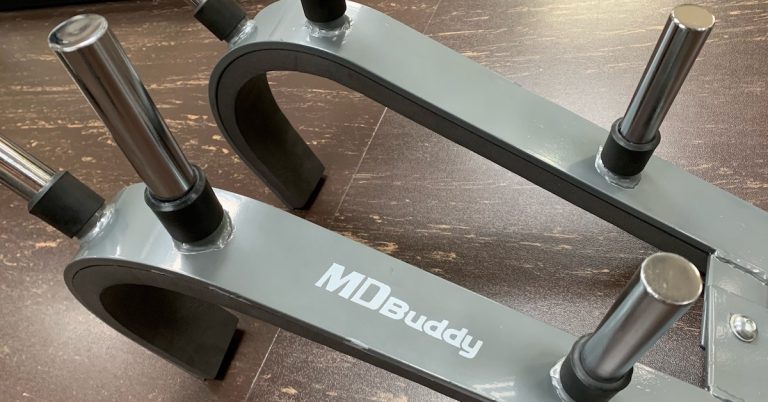Research can provide golden information to health & fitness professionals. If you’re a personal trainer, here are some recent findings to help you get ahead of the pack:
Resistance Exercise is Effective for Cancer Patients
“Resistance exercise is effective to increase lower-limb muscular
strength, increase lean body mass, and decrease body fat in cancer
patients undergoing neoadjuvant and adjuvant therapy regardless of the
kind of treatment.”
Source
Note: Resistance exercise is a safe and effective approach for cardiac rehab patients as well.
Rest Interval Length and Low-Load Training
“In conclusion, our results suggest that acute hormonal responses, as
well as chronic changes in muscle hypertrophy and strength in low-load
training to failure are independent of the rest interval length.”
Source
Note: This study confirms that the wait lift method can be effective to increase muscle size and strength, especially when performing low-load resistance training to failure.
Save Your Creatine for the Right Time
“Creatine supplementation prior to and during leg immobilization does
not prevent or attenuate the loss of muscle mass or strength during
short-term muscle disuse.”
Source
Note: Creatine is considered the most effective ergogenic nutritional supplement for athletes to increase exercise capacity and lean body mass, but make sure to use it properly. Save your creatine for higher volume phases and take it after your workout, not before (see page 23 of Mass Explosion for more details).
Prediction Accuracy of the Functional Movement Screen
“Despite previous research showing links between low FMS™ composite
scores and subsequent injury, these results suggest the FMS™ cannot
accurately predict a male soccer player’s likelihood of receiving a
non-contact injury and that a lower FMS™ composite score does not
significantly increase their non-contact injury incidence rate per 1000
match minutes. Caution should therefore be used when employing the FMS™
as a predictor of non-contact injury, and pain prevalence during the
FMS™, previous injuries, and training/match exposure levels should also
be taken into account.”
Source
Note: Check out my thoughts of the FMS and how I go about conducting functional assessments.
Improve Posture with a Corrective Exercise Program
“A 16-week resistance and stretching training program decreased forward head and protracted shoulder postures in adolescents.”
Source
Note: Corrective exercise should involve movements to lengthen the common short and tight muscles, and movements to shorten the common long and flaccid muscles. Here’s how to do it.
Wearable Resistance Training and Sporting Performance
“Wearable resistance training provides a novel training method with
potential to improve sporting performance; however, research in this
area is still clearly in its infancy, with future research required into
the optimum load placement, orientation and magnitude required for
adaptation.”
Source
Note: When performing movements like step-ups, split squats or lunges, heavy barbells or dumbbells can cause your arms and shoulders to fatigue before your legs. Try using a weighted vest with lighter barbells or dumbbells instead.

Why I Retired My Oura Ring: Navigating the Pitfalls of Orthosomnia and Wearable Tech
In the quest for optimal health, many of us turn to technology for insights, and the Oura Ring has been

Meet my New Fitness Buddy
The front squat is a fundamental exercise that everyone should incorporate into their routine, yet not everyone can execute it

Keeping Up with Current Research (December 2023)
Research is a valuable tool for health and fitness professionals, providing insights to stay ahead in the field. Here are
follow
Error: No feed with the ID 2 found.
Please go to the Instagram Feed settings page to create a feed.
